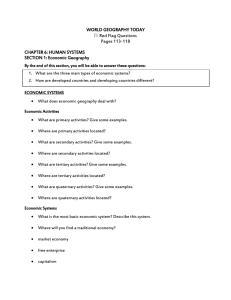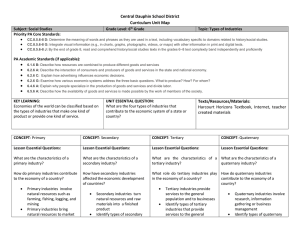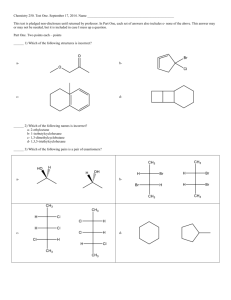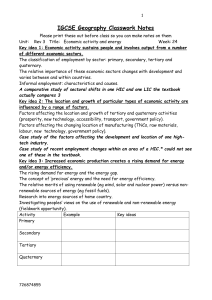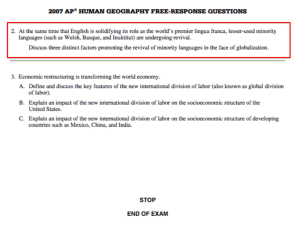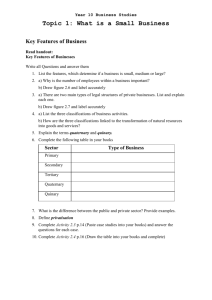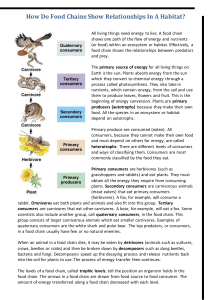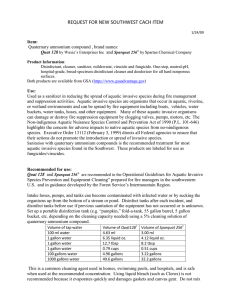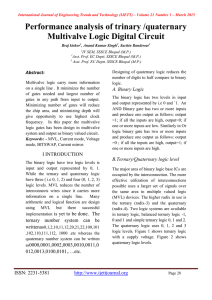Intro to Economic Activities
advertisement
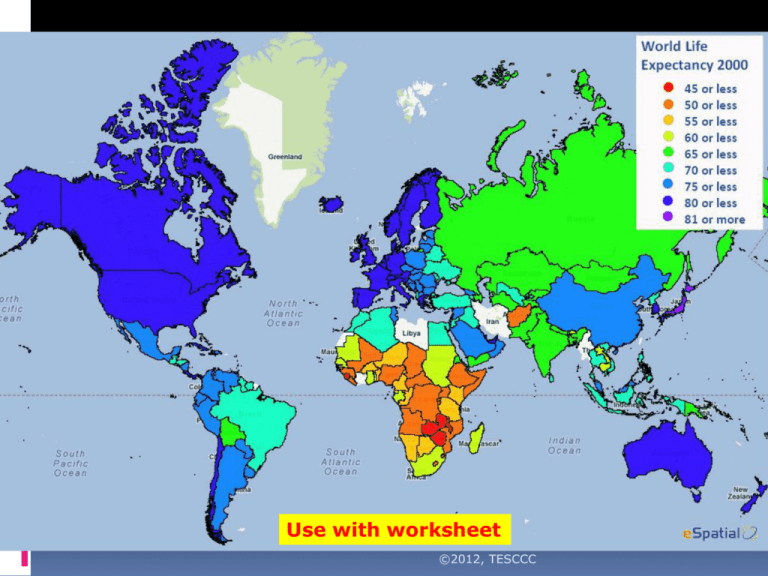
Use with worksheet ©2012, TESCCC INTRO TO ECONOMIC ACTIVITY (HEI) How are humans affected by their environment? The environment humans live in affects what economic activities they choose Economics is: Studying how people use their resources to make a living Economic geographers study how the location of resources affect the ways people make and use goods and services Humans have moved from simple ways of making a living to very complicated methods of making money Economic geographers have broken this development into four stages… The Four Stages of an Economy 1.Primary 2. Secondary 3. Tertiary 4. Quaternary Primary Stage In the first stage, human beings extract natural resources from the earth This requires little or no technology, and mostly uses physical labor Primary Stage Examples: Agriculture, Fishing, Mining, and Forestry Secondary Stage Manufacture In the next stage, humans take resources (raw materials) and convert them into finished, usable products Secondary Stage There are two main types of secondary activities: Heavy Industry: Produces large industrial products, like ships or machines Light Industry: Produces goods people consume(buy), like clothing, food, or household things Tertiary Stage Provide Services At this stage, humans earn money based on services they provide These activities involve intangible goods Tertiary Stage Examples: Banking, Hospitals, Transportation, Distribution, Entertainment… Quaternary Stage In the highest stage, humans produce intellectual goods These are things that require high technology and education to produce Quaternary Stage The modern world is so complicated that humans have highly specialized jobs to manage it all Air Traffic Control; Encrypted Communications Quaternary Stage EExamples: -High tech communication -Computers -Research -Consulting -Colleges Development Human beings have spent centuries developing from primary to quaternary activities Some countries are far more developed than others Development Developing or Lesser-developed countries have economies based mostly on the primary and secondary sectors Development Developing countries do not have the complex infrastructure of developed countries Infrastructure: the necessary structures that are needed for economic activities Roads Water Supply Sewage Electrical Grids Communications Development Developed countries earn most of their money from tertiary and quaternary activities, and no longer rely on primary activities Tertiary and Quaternary activities are more valuable, so developed countries are wealthier Examples Developing Mexico, most of Latin America Most of Africa South of the Sahara India China Most of the Mideast Developed • The U.S. • Canada • Most of Europe • Japan • South Korea • Australia Vocabulary Subsistence agriculture: self-sufficiency farming in which the farmers focus on growing enough food to feed themselves and their families. Commercial Agriculture: Large scale farming or ranching done for profit. Vocabulary, Cont. Cottage Industry: Home or village based production. Commercial Industry: Factory-based production.

